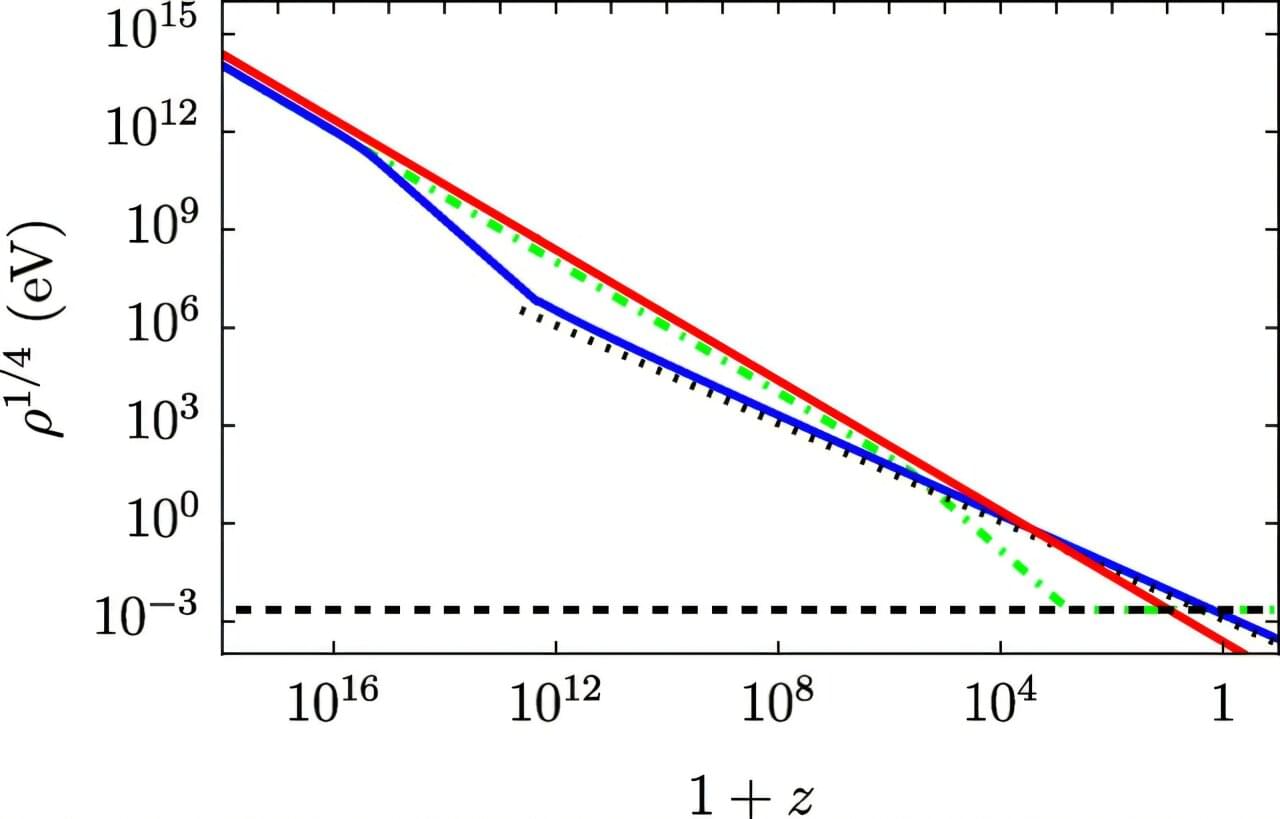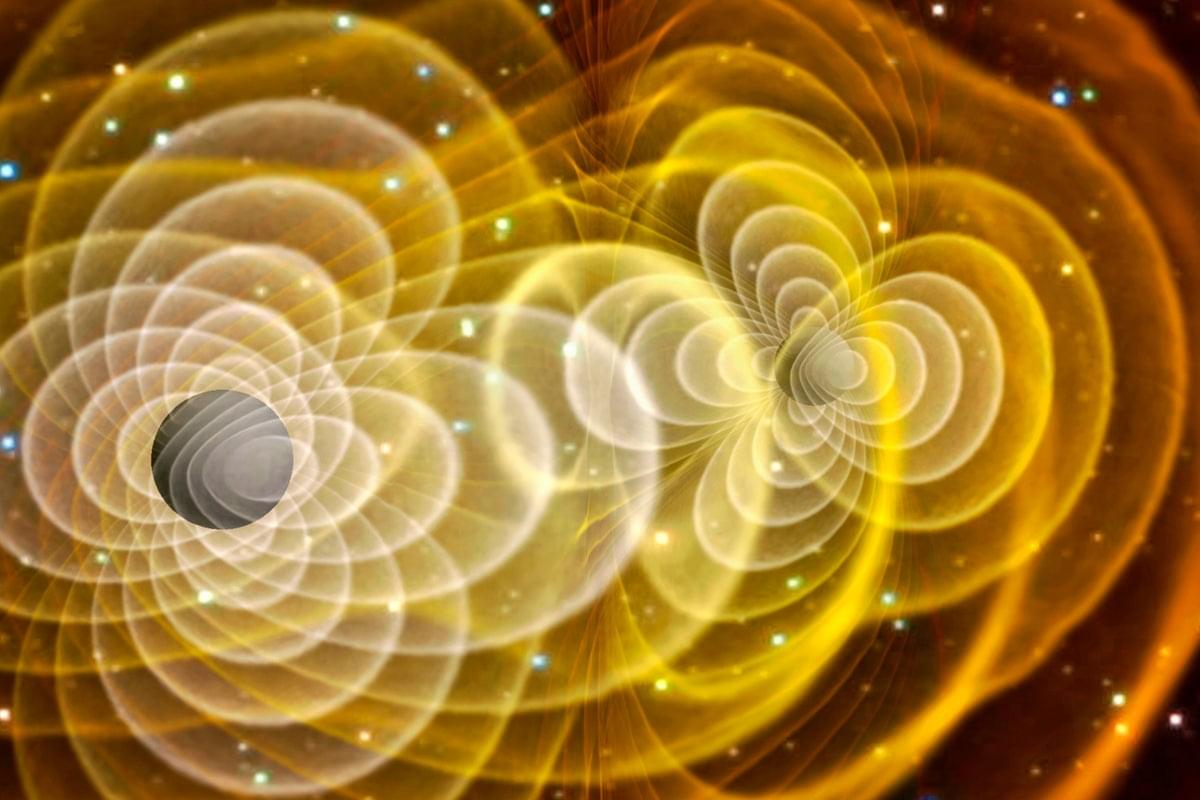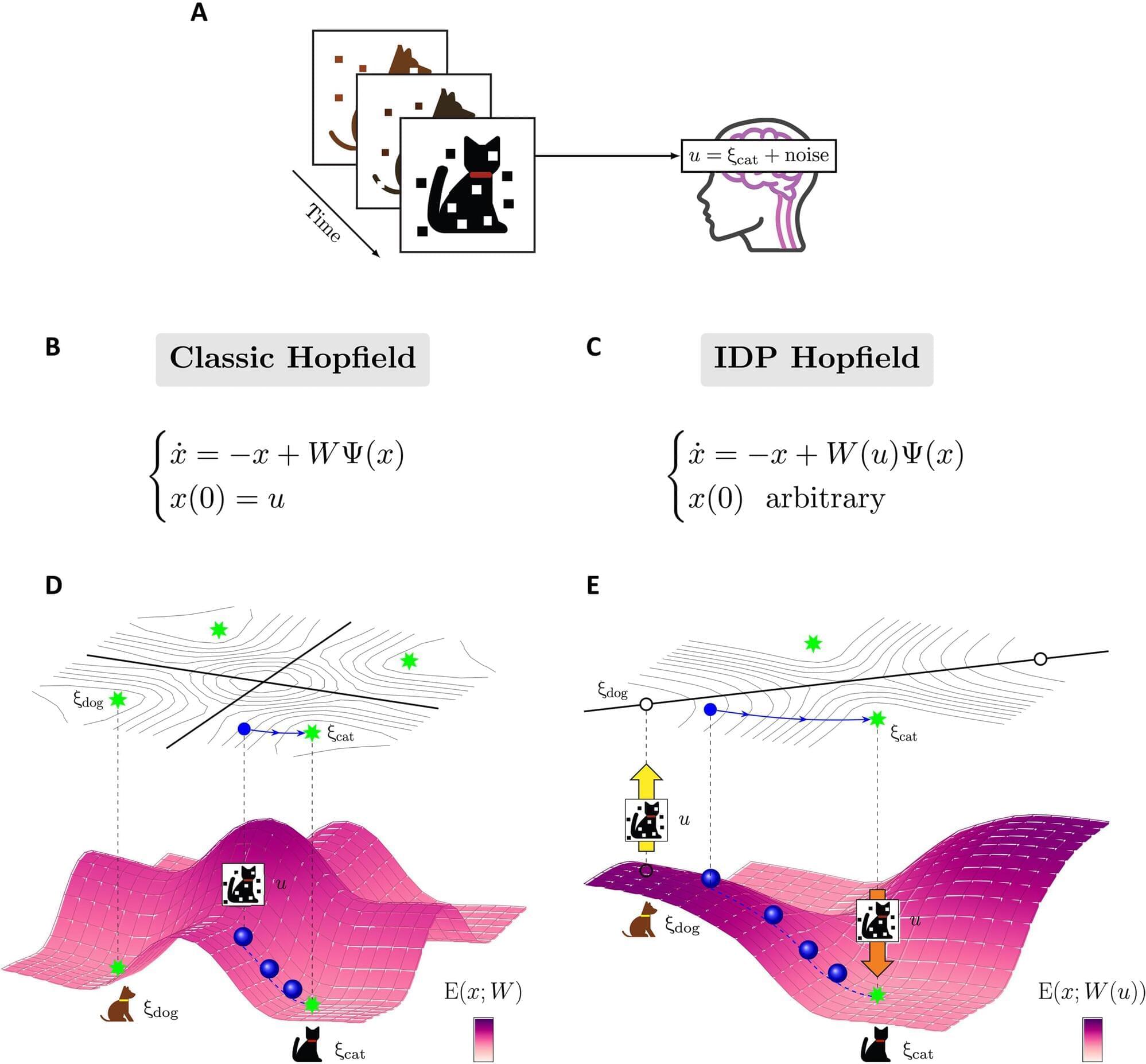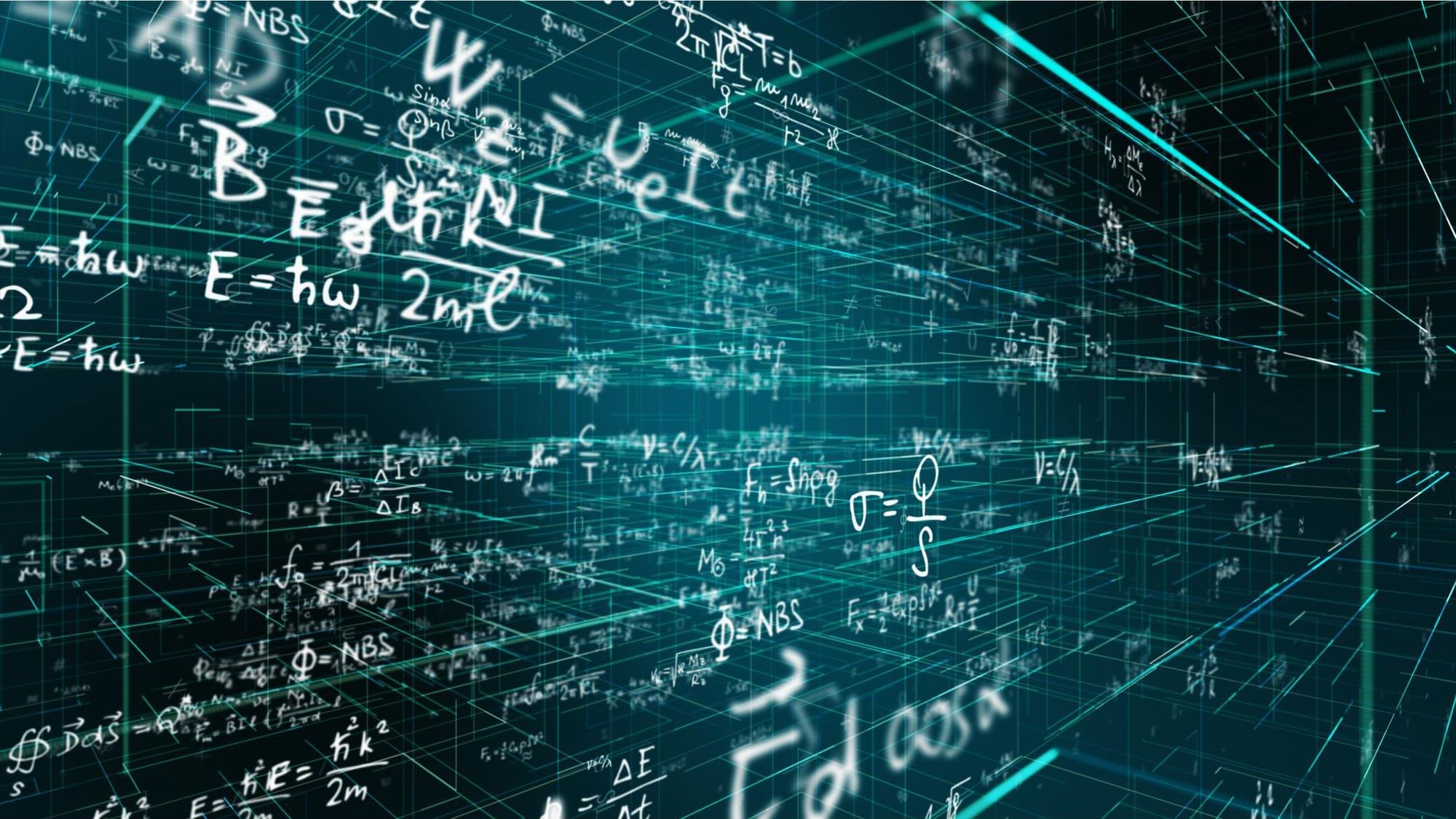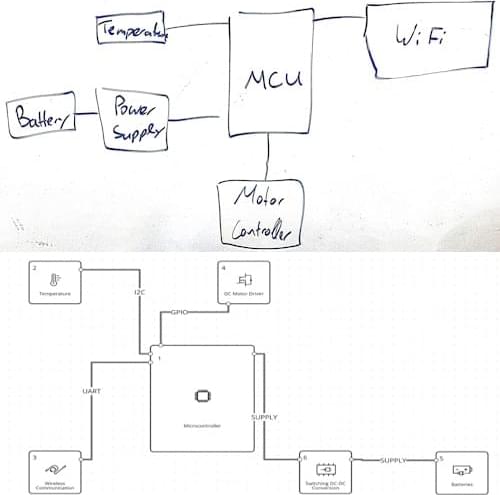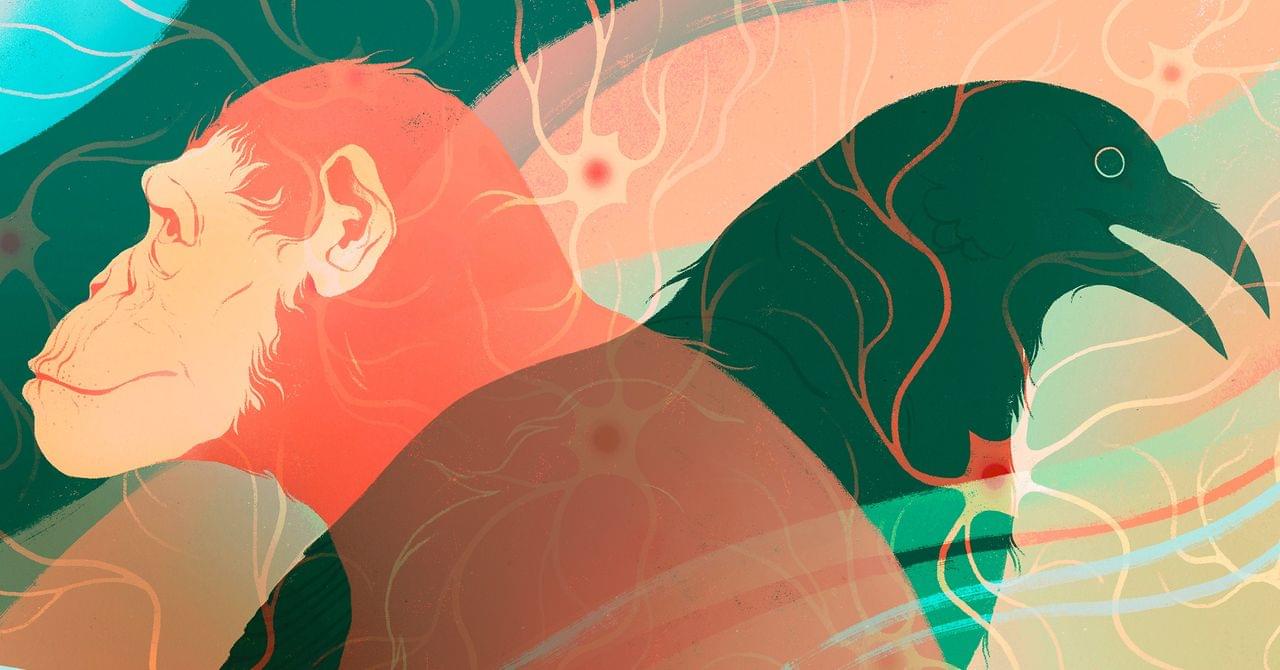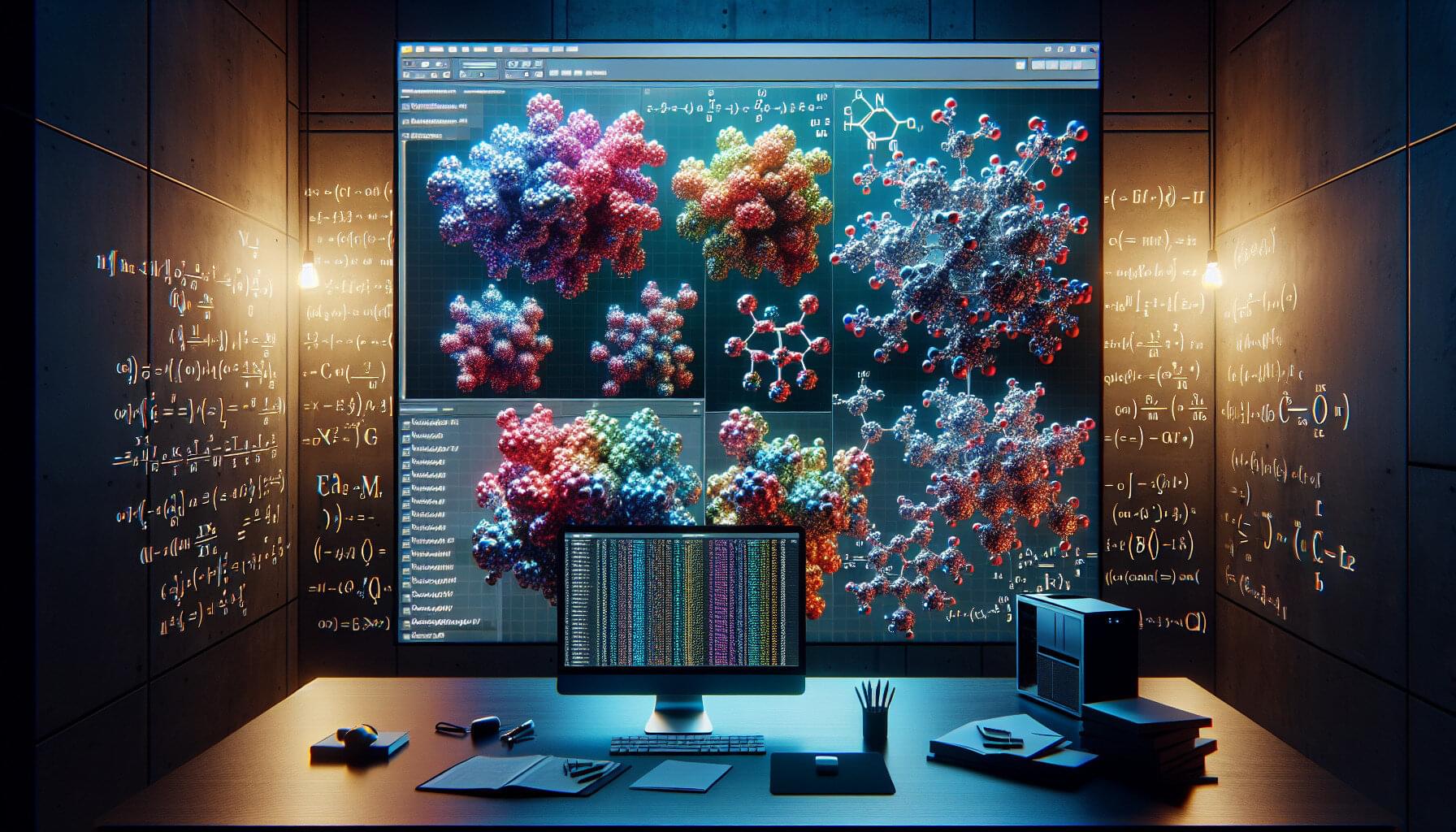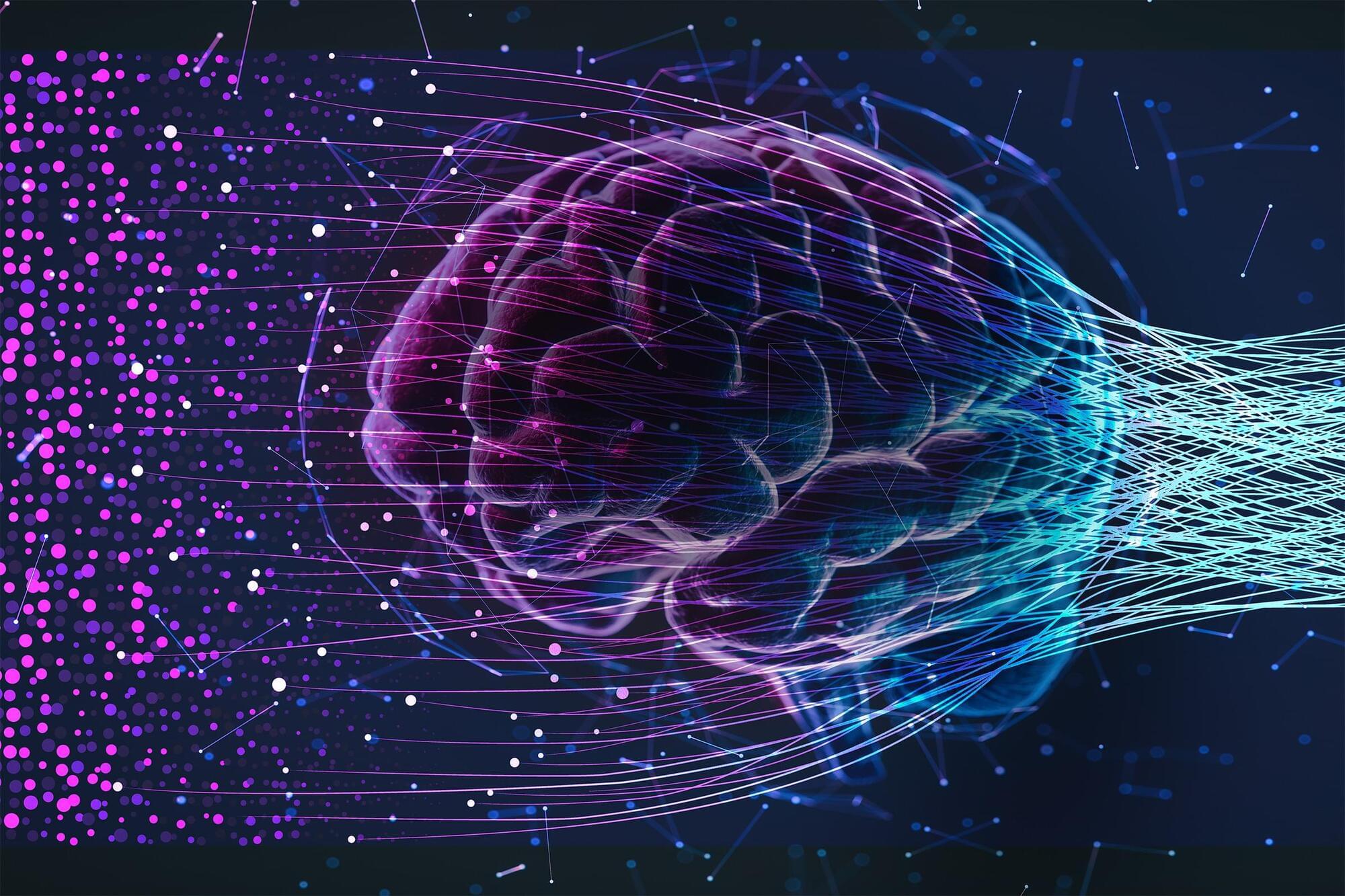A study by Dartmouth researchers proposes a new theory about the origin of dark matter, the mysterious and invisible substance thought to give the universe its shape and structure. They say the hypothetical force shaping the universe sprang from particles that rapidly condensed, like steam into water.
The researchers report in Physical Review Letters that dark matter could have formed in the early life of the universe from the collision of high-energy massless particles that lost their zip and took on an incredible amount of mass immediately after pairing up, according to their mathematical models.
Hypothetical dark matter is believed to exist based on observed gravitational effects that cannot be explained by visible matter. Scientists estimate that 85% of the universe’s total mass is dark matter.
